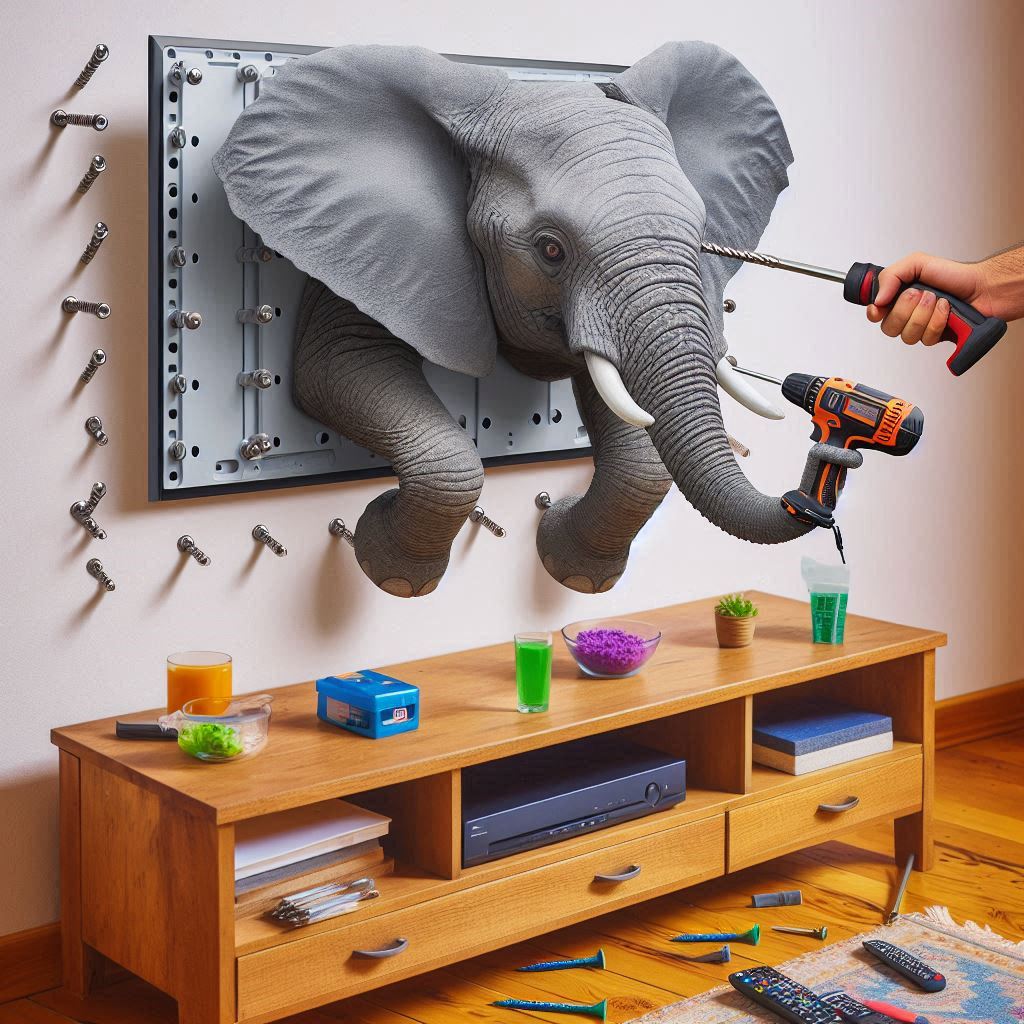Drywall Anchors
Introducing Elephant Anchors – your ultimate solution for secure and hassle-free mounting! 🛠️ Whether it’s steel studs, no studs, or heavy-duty support, our anchors hold up to 90lbs with rock-solid stability. Say goodbye to traditional anchors and embrace versatility and ease of installation. Perfect for TVs, cabinets, shelves, and more. Upgrade your space with confidence and style!

